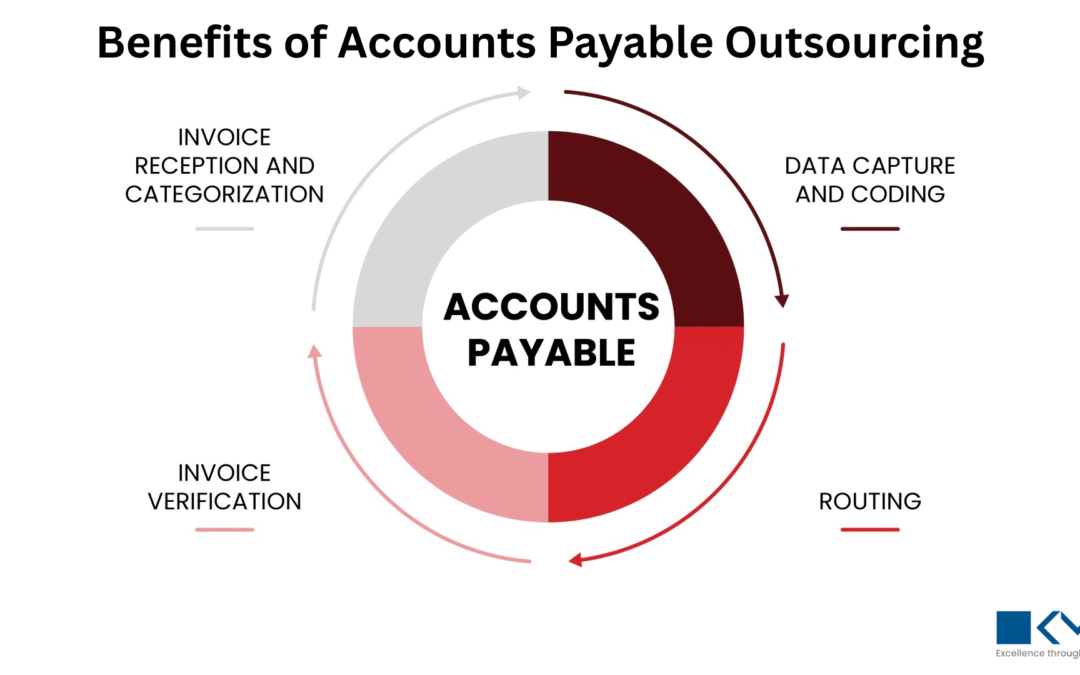Introduction
Choosing the right boxing bag frame and cover can make a world of difference in your training experience. Whether you’re a casual enthusiast or a dedicated fighter, investing in durable equipment ensures safety, performance, and longevity. Many modern athletes are now turning to adjustable training punch bags for their flexibility and range of motion during workouts. But without a solid frame and protective cover, even the best punch bag won’t stand the test of time. In this guide, we’ll walk you through expert tips to help you choose long-lasting frames and covers that truly enhance your boxing sessions.
Why Durability Matters in Boxing Equipment
Durability isn’t just about making your gear last longer—it’s about protecting your investment and ensuring consistent performance. Boxing is a high-impact sport that puts immense pressure on every piece of equipment, from gloves to the hanging frame that supports your bag. A weak frame can wobble, bend, or even collapse during intense training, posing serious injury risks. Likewise, a low-quality cover can tear quickly, exposing your bag’s filling to wear and moisture. Durable gear reduces maintenance costs and ensures you can train harder without worrying about breakdowns.
Understanding Boxing Bag Frames
A boxing bag frame serves as the foundation of your setup—it supports the entire weight and absorbs shock during punches and kicks. Frames can be freestanding, wall-mounted, or ceiling-mounted depending on your space. Steel frames are the most common due to their strength and stability, while aluminum offers a lighter, more portable option. Freestanding models are great for small spaces since they don’t require drilling, but wall-mounted ones provide superior stability for power punches. Understanding your space and training intensity is crucial before choosing the frame type.
Key Features to Look for in a Boxing Bag Frame
When selecting a boxing bag frame, pay attention to weight capacity first. The frame should comfortably support the weight of your heaviest bag plus an additional 20–30% buffer for shock absorption. Look for reinforced joints, anti-corrosion coatings, and solid welds for enhanced longevity. Adjustable height options are also beneficial for customizing your workouts, especially if multiple people use the same setup. Lastly, stability is key—a wide base or secure wall anchor ensures your frame won’t shift or topple mid-session.
Choosing the Right Frame for Your Space
Your available space greatly influences which frame to buy. For home gyms with limited floor area, a wall-mounted or ceiling-mounted frame saves room while offering reliable stability. Always measure ceiling height to ensure proper bag clearance. For commercial gyms or large training studios, freestanding frames can handle multiple bags at once. Consider the flooring type as well—rubber mats work best to absorb impact and protect both your frame and floor.
Boxing Bag Covers: The Unsung Heroes of Durability
While frames handle the weight, covers handle the hits. A durable boxing bag cover protects your bag from sweat, friction, and environmental damage. It’s essentially the armor that keeps your investment intact. Vinyl covers are popular for their affordability and water resistance, while canvas covers are known for breathability and rugged charm. Synthetic leather, on the other hand, strikes a perfect balance between professional aesthetics and easy maintenance. Without a quality cover, even the best punch bag can wear out quickly.
How to Select the Best Boxing Bag Cover
When shopping for covers, focus on material quality and fit. A tight, well-fitted cover prevents bag shifting and reduces uneven wear. If you train outdoors, opt for weather-resistant materials with UV protection. Reinforced stitching and double-stitched seams can drastically extend your cover’s life. Maintenance matters too—choose materials that are easy to clean with mild soap and a damp cloth. Avoid overly stiff or thin fabrics, as they tend to crack or tear faster with regular use.
The Role of Adjustable Training Punch Bags
Adjustable training punch bags have transformed modern boxing by allowing users to modify height, resistance, and rotation. These versatile bags mimic real fight conditions and improve speed, timing, and technique. However, without a sturdy frame and durable cover, even adjustable models lose effectiveness. A secure frame prevents unwanted movement, while a strong cover protects the bag’s adjustability mechanisms. When paired correctly, these features create an unbeatable training experience for both beginners and pros.
Maintenance Tips to Extend Equipment Lifespan
Proper maintenance can double or even triple the lifespan of your boxing setup. Regularly wipe down frames to prevent rust buildup, especially if you train in humid environments. Inspect bolts and joints every few weeks to ensure they remain tight. For covers, clean off sweat and dust after each session and store your equipment in a cool, dry place. Avoid leaving your bag outdoors for extended periods unless it’s protected with a weatherproof cover.
Common Mistakes to Avoid When Buying Frames and Covers
One of the biggest mistakes buyers make is prioritizing price over quality. A cheap frame might save you money upfront but can lead to costly replacements or injuries later. Another common error is neglecting the frame’s weight limit—using a heavier bag than recommended weakens the structure. Similarly, some users skip protective covers entirely, which exposes the bag to unnecessary wear. Always invest in durable, high-quality materials and check compatibility between the frame, bag, and cover.
Expert Recommendations for Home Gym Users
For home gym enthusiasts, the biggest challenge is usually space and budget. You don’t need the most expensive setup to train effectively—but you do need reliable gear. A compact wall-mounted or ceiling-mounted frame is ideal for small spaces because it saves floor area and still provides excellent stability. Opt for powder-coated steel to prevent rust and ensure long-term durability. When it comes to covers, choose vinyl or synthetic leather since these materials are easy to clean and resistant to sweat or moisture.
If you’re setting up in a garage or basement, make sure your mounting surface (like concrete or wood beams) can handle the stress of a heavy bag. Never attach frames to weak drywall. Also, invest in good flooring such as shock-absorbing mats to protect your floors and joints. A simple rule of thumb? Buy once, buy right. Spending a little extra on durable materials now will save you a lot of replacement costs down the line.
Finally, remember to consider adjustability. If more than one person uses your gym, adjustable height frames and adjustable training punch bags ensure everyone can train comfortably without constant reinstallation.
Expert Recommendations for Commercial Gym Owners
Commercial gyms require heavy-duty equipment that can endure high-volume use. A flimsy frame or low-grade cover won’t last under daily punishment from dozens of boxers. Look for industrial-grade steel frames with reinforced joints and heavy welds. Wall-mounted or ceiling-mounted systems are great if you’re short on floor space, but freestanding multi-station rigs allow you to hang several bags at once, maximizing training capacity.
Covers should be made of top-quality synthetic leather or reinforced vinyl. These materials resist tears, scuffs, and constant strikes far better than basic fabrics. Also, choose covers that are easy to sanitize—public gym environments demand strict hygiene standards.
Don’t forget safety regulations. Ensure your frames comply with gym safety codes, and schedule regular maintenance checks. Investing in reliable brands with solid warranties will protect both your clients and your business reputation. In commercial settings, durability isn’t optional—it’s a necessity.
How to Test Frame and Cover Quality Before Purchase
Before you buy, test the equipment—or at least check the specifications thoroughly. For frames, look for thick-gauge steel (ideally 12-gauge or stronger) and inspect weld points. If possible, shake or hang a test bag to see how much vibration the frame transfers. A sturdy frame should absorb impact without wobbling.
Conclusion
Selecting the right boxing bag frame and cover is more than just a purchase—it’s an investment in your performance, safety, and training consistency. By focusing on build quality, material strength, and proper maintenance, you’ll ensure your gear lasts through thousands of punches and kicks. Whether you’re setting up a home gym or running a professional training center, durable equipment enhances your confidence and efficiency.
For top-quality frames, covers, and adjustable training punch bags, trust Fight Shop HTX a brand known for its commitment to durability and athlete-focused design. Build your setup wisely, and your gear will reward you with years of solid performance.
FAQs
1. What is the best material for a boxing bag frame?
Steel is the gold standard for boxing bag frames. It’s strong, stable, and long-lasting. Look for powder-coated or galvanized options to prevent rust and corrosion, especially if you train in humid or outdoor environments.
2. How often should I replace my boxing bag cover?
A high-quality cover can last several years with proper maintenance. Replace it when you notice deep cracks, tears, or worn seams that expose the inner filling. Regular cleaning and proper storage can double its lifespan.
3. Can I use a freestanding frame in a small room?
Yes, but ensure you have enough clearance around the bag—at least 3–4 feet in all directions—to move freely while training. For tighter spaces, a wall-mounted or ceiling-mounted option might be more practical.
4. Are adjustable training punch bags worth it?
Absolutely. They allow you to modify height and resistance, making your workouts more versatile. Adjustable bags are ideal for shared gyms or individuals looking to practice different punching angles and combinations.
5. How do I prevent my boxing frame from shaking or moving?
Make sure your frame is on a level surface and properly secured. For freestanding frames, add sandbags or weight plates at the base. For wall or ceiling mounts, use heavy-duty anchors and bolts designed for your wall type.







0 Comments